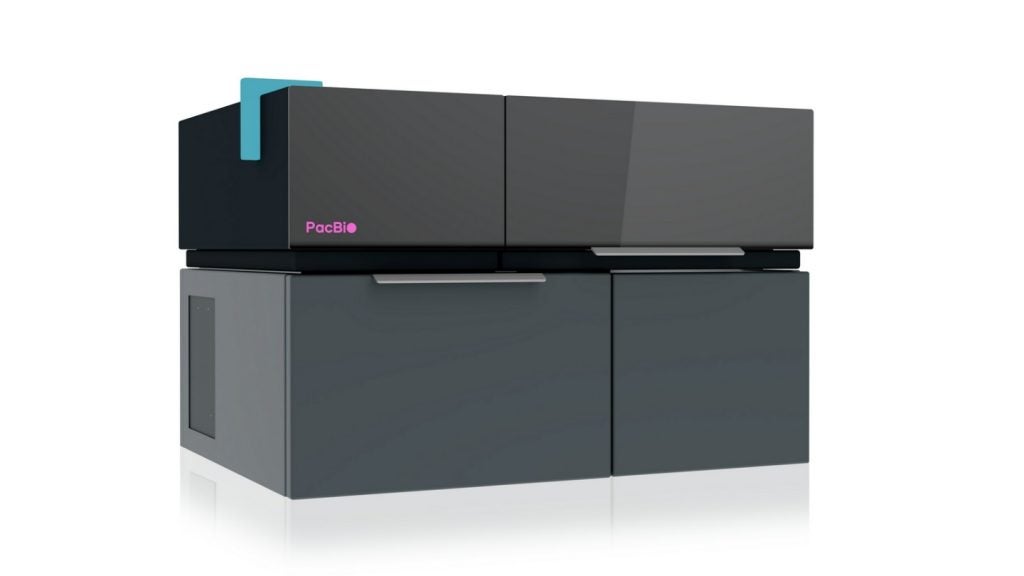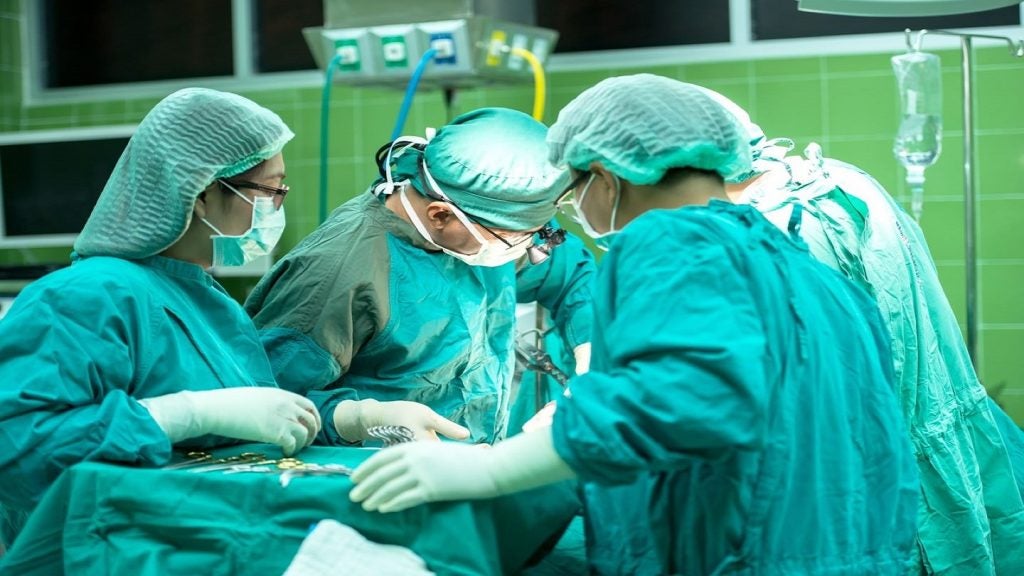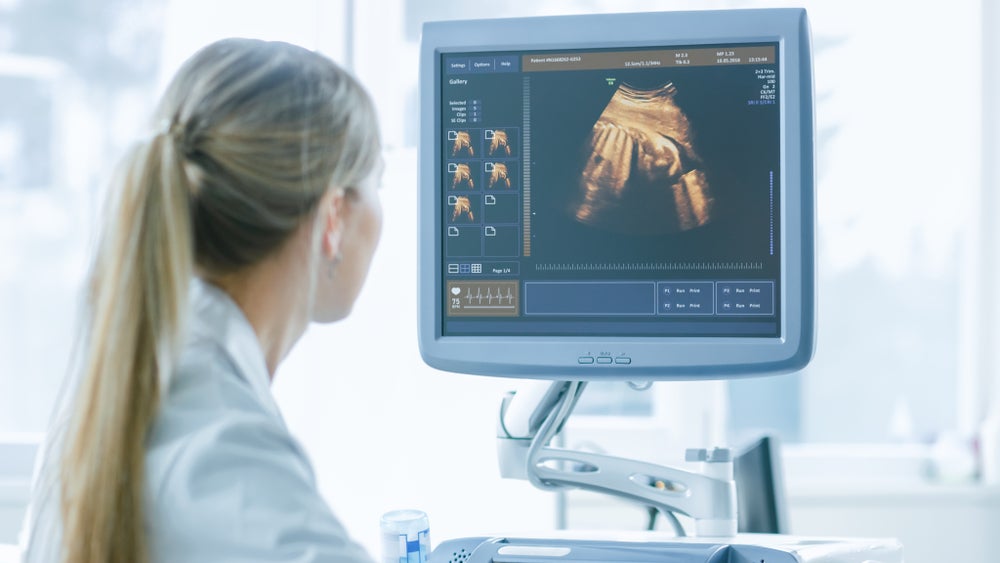Each week, Medical Device Network selects a deal that illustrates the themes driving change in our sector. It may not always be the largest deal in value, or the highest profile, but it will tell us where the leading investors are focusing their efforts, and why. This new, thematic deal coverage is driven by our underlying Disruptor data which tracks all major deals, patents, company filings, hiring patterns and social media buzz across our sectors.
The deal
Surgical robotics developer Asensus Surgical announced plans to raise $10 million through a registered direct offering.
The Research Triangle Park, North Carolina-based company’s offering includes just over 23.8 million shares of common stock. It also includes warrants to purchase the same amount of shares in a registered direct offering. Asensus said it will sell the shares and accompanying warrants at a combined purchase price of 42¢ per share.
The company intends to use the funds for general corporate purposes, including research and development activities.
Why it matters
Asensus is the developer of the Senhance surgical robotics platform, its flagship offering for Performance-Guided Surgery. The digital laparoscopic surgical robot is the first of its kind and uses augmented intelligence to perform procedures through machine learning. In July, a U.S. hospital initiated a pediatric program with Senhance and earlier this year the company unveiled it has another surgical robotics platform under development called the Luna system.
The medical robotics market will see robust growth over the next decade. According to GlobalData analysis, every segment of the market is expected to boom due to demands for high-volume procedures. GlobalData forecasts that the surgical robotics market was worth $8.6 billion in 2022, and by 2030, it will have grown at a compound annual growth rate (CAGR) of 8% to $15.8 billion.
Healthcare providers will increasingly invest in medical robots to compensate for staff shortages and improve the standard of care. Surgical robots improve patient outcomes, reduce human error, and decrease the length of hospital stays. The use of cloud computing and AI enables medical robots to collaborate and access huge amounts of data uninterruptedly. New surgical robot models will offer new surgical possibilities, such as micro-robots to address difficult-to-treat diseases.
Signals such as M&A activities, patent filings, and hiring trends indicate that the medical robotic market is growing strongly after the dip in 2022.
















